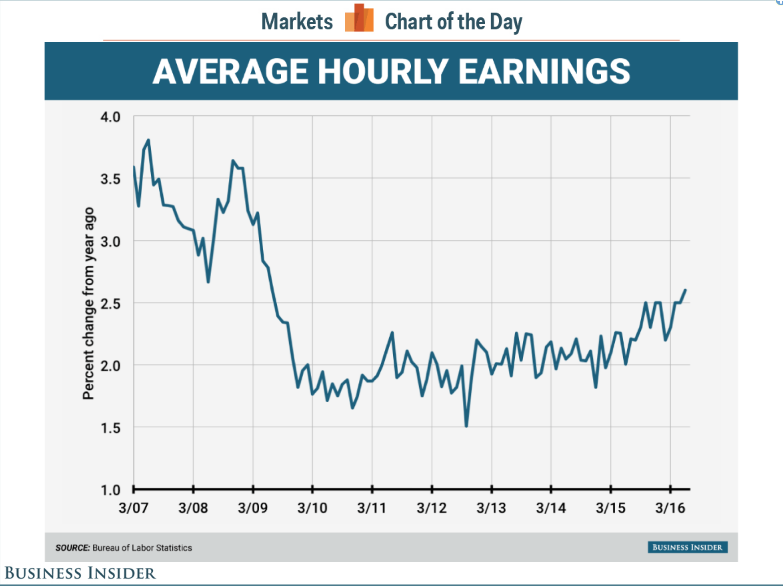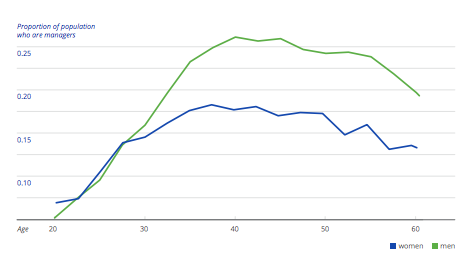Does anyone really celebrate National Boss’s Day? It seems like something made up by some drunk employees one night and then the next day they realized it went too far!
What’s next National “White Man’s” Day? Oh wait, my black friends, women friends, Native American friends, Hillary, etc. say that’s every day! Or was that last week for Columbus Day? I get confused, they keep changing what we can and can’t celebrate.
I have to say I’ve been a ‘boss’ for (well, let’s face it I was born a ‘boss’!) twenty-some years and the only Boss’s Day gift I’ve ever gotten was being taken out to lunch back in the 90’s! Ever since then I was told it was a bad thing to be a boss. I needed to be a leader and leaders don’t get gifts, we give gifts!
I can’t enjoy being white. I can’t enjoy being male. I can’t enjoy being a boss. The struggle is real!
So, since I can’t enjoy Boss’s Day I decided to develop a list of gifts I would like to receive on Boss’s Day is we lived in let’s say Trump’s America! I’m sure part of his political platform is to Make Bosses Great Again!
The Ultimate Boss Gift Guide for Bosses Day:
– Free Back Massage Coupons! Can you imagine anything more magical than giving your well-respected boss a nice good old fashioned in office back rub! Yeah, I thought so!
– Liquor! Hey, this boss in-office bar doesn’t stock itself! Top shelf don’t try and drop off anything you’d find on the rail, no boss wants second tier liquor!
– A nice tie! Just kidding, you should be fired if you give your boss a tie on Boss’s Day! Unless that tie comes with an invitation to tie you up! Now we’re talking boss language!
– Signed copy of “Mean Business” by Chainsaw Al Dunlap! You kids might have to look up the career of Chainsaw Al, it’s brilliant and inspiring for real bosses. Every boss loves a good bookshelf filled with books they haven’t read but one that scares the hell out of any employee who sees the titles!
– Your Employee of the Month parking spot! Just kidding, again! Ha! Suckers, I park in covered parking or the driver drops me off up front. Keep your Row 1 parking spot, your 2007 Honda Civic looks really nice there.
Boss’s Day! It seems like it only comes around once a year. I’m not quite sure how that happened, you would think bosses would have made it monthly!?
So, remember today isn’t about you, it’s about your Boss! Make them feel special. Treat them with respect. Kiss the ring.


